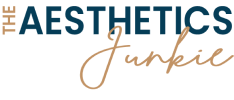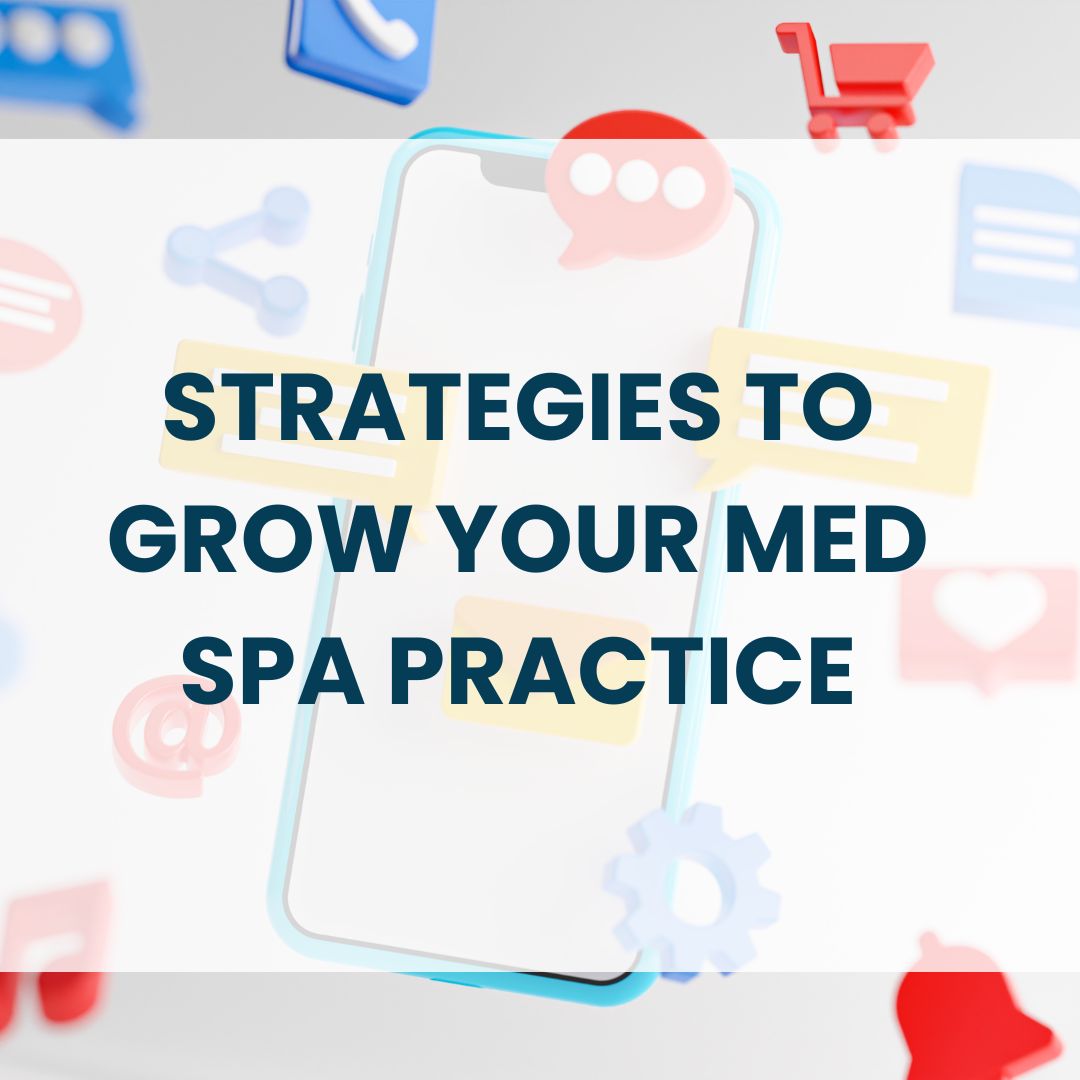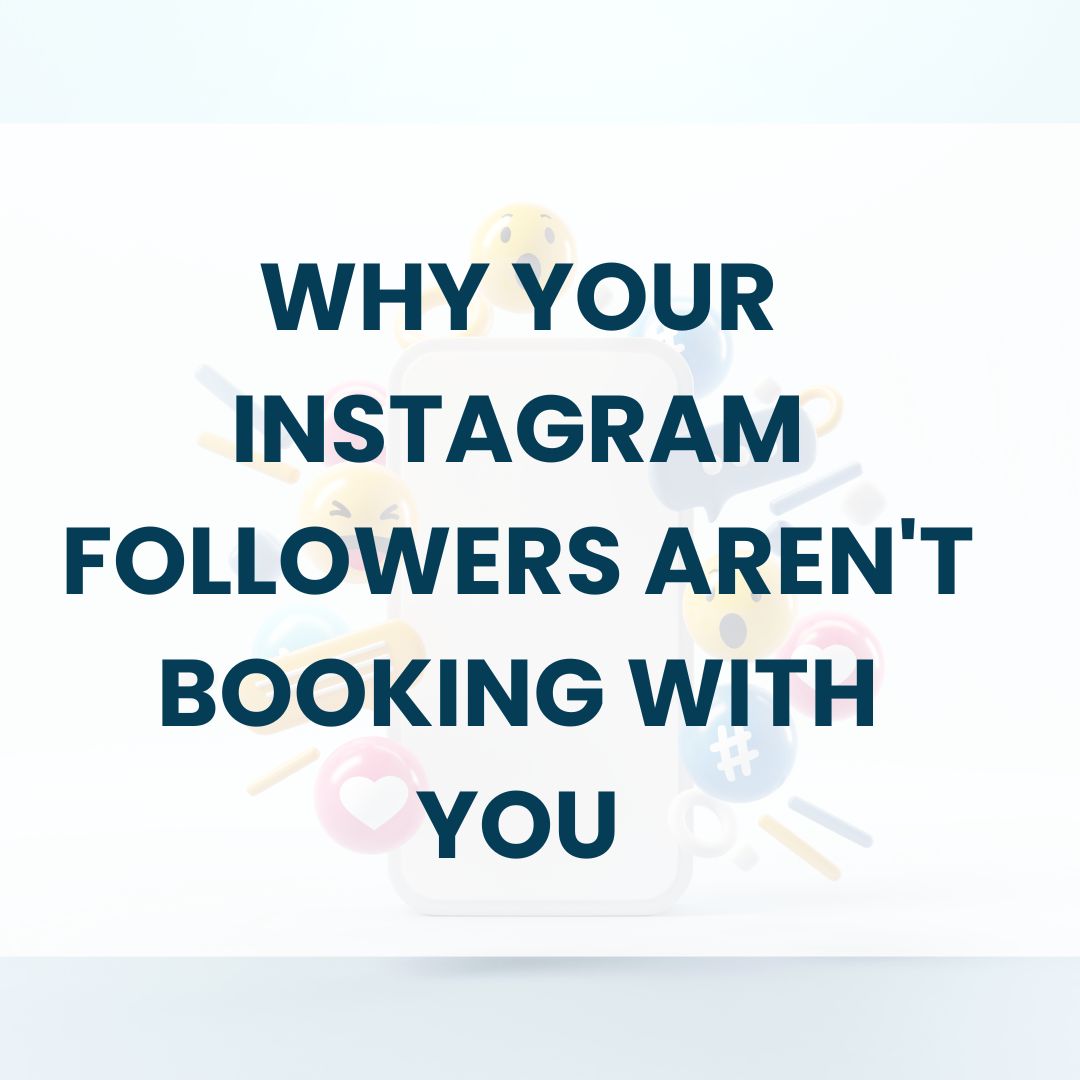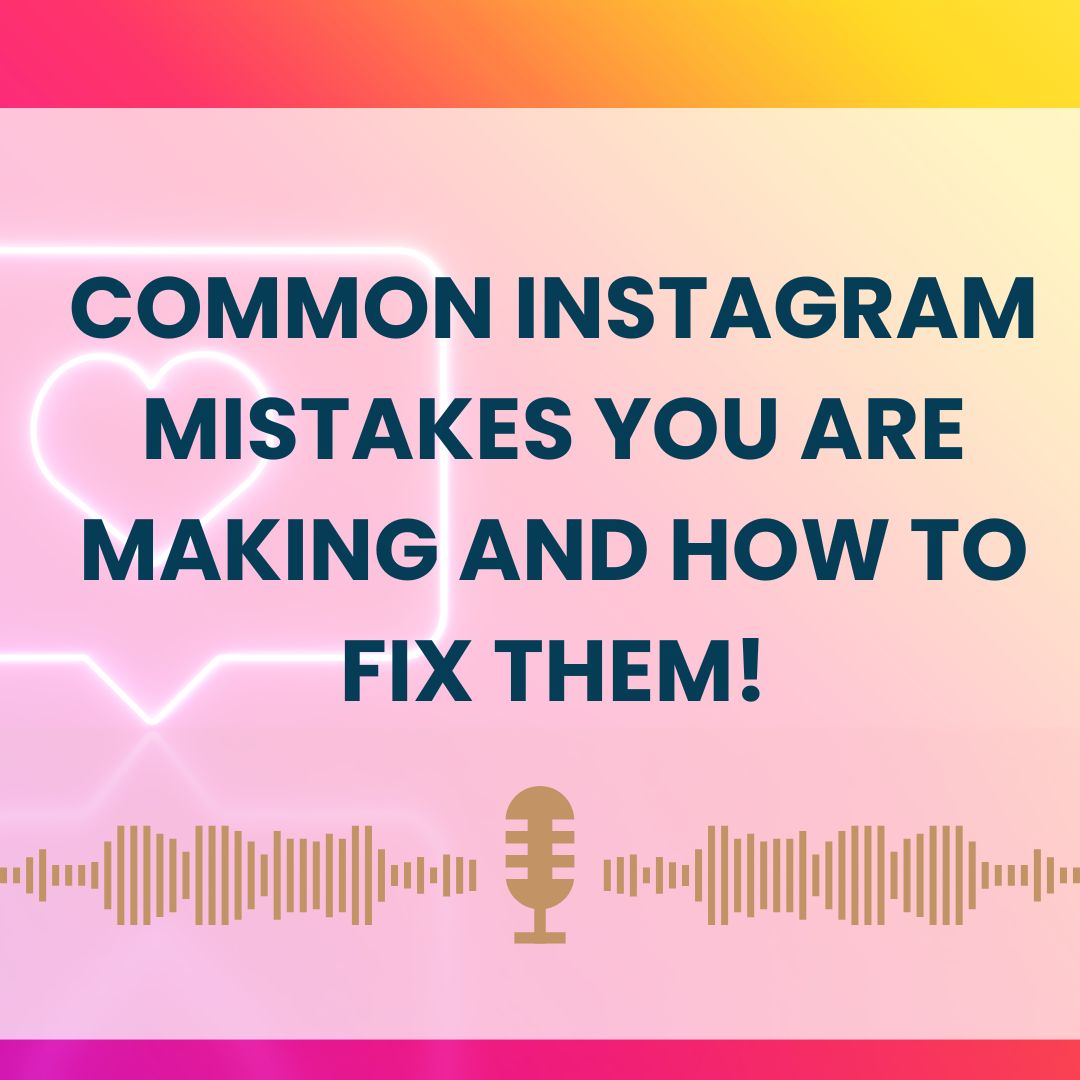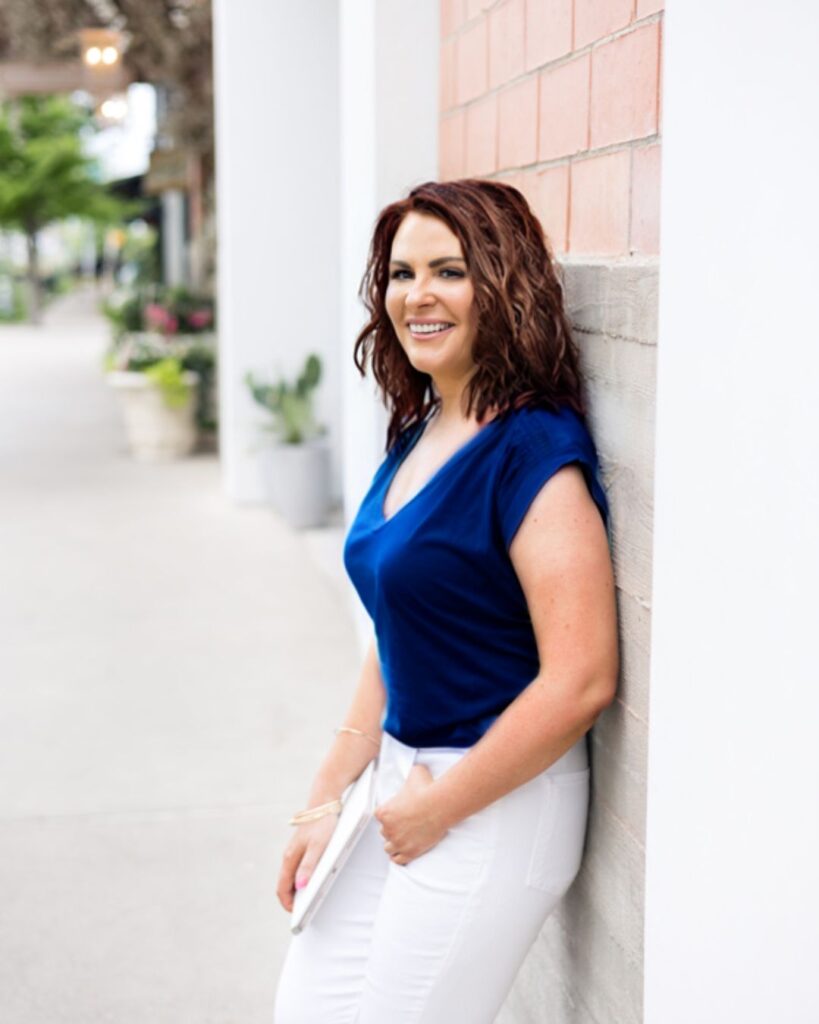Stop Wasting Money on Ads That Don’t Convert
If you’ve clicked “boost post” on Instagram, thrown money at Facebook ads, or tried Google Ads only to see zero bookings, you’re not alone. Most med spa owners and plastic surgeons waste thousands on paid advertising because they’re missing one critical element: strategy.
Here’s the truth: Paid ads aren’t broken. But running ads without a proper system is like performing surgery without a treatment plan: expensive and ineffective.
In this guide, you’ll learn why your ads aren’t converting, how to build a paid advertising strategy that fills your appointment calendar, and what budget you really need to see results.

The Two Types of Paid Advertising (And Why You Need Both)
Before we get into strategy, let’s clarify the two fundamental types of paid advertising:
1. Interruption Marketing (Social Media)
This includes Facebook, Instagram, TikTok, and other social platforms. You’re finding potential patients while they’re scrolling through their feeds, interrupting their browsing with your message.
Platforms: Meta (Facebook/Instagram), TikTok, Pinterest
Best for: Building awareness, educating cold audiences, showcasing transformations
2. Intent Marketing (Google)
This includes Google Search and YouTube. People are actively looking for solutions to their problems, and you’re providing the answer.
Platforms: Google Ads, YouTube Ads
Best for: Capturing high-intent searches, reaching people ready to book, targeting specific treatments
Most successful aesthetic practices use both: social media to warm up audiences and Google to capture people actively searching for treatments.

The 5 Biggest Mistakes Aesthetic Practices Make With Paid Ads
Mistake #1: Just Boosting Posts
When Instagram or TikTok prompts you to boost a post to “reach 4,000 more people,” resist the urge to click that button.
Here’s why: The algorithm will show your content to people who are likely to watch or like it, not necessarily people ready to book a treatment. You’ll get vanity metrics (likes, views) but zero appointments.
What to do instead: Run strategic ad campaigns targeting specific audiences with a clear conversion goal.
Mistake #2: Sending Traffic to Your Homepage
Your homepage is designed to welcome all visitors, but ad traffic needs direction. When someone clicks your ad about Botox, they shouldn’t land on a general homepage where they have to hunt for information.
What to do instead: Create dedicated landing pages for each treatment or offer with one clear call-to-action.
Mistake #3: No Lead Capture System
You spend money to get people to your website, but if they don’t book immediately (and most won’t), you’ve lost them forever.
Think about your own behavior: You see an ad, browse a website, get distracted, and forget the company name. Without a system to capture leads, you’re wasting your ad spend.
What to do instead: Implement lead capture mechanisms like email signup forms, consultation request forms, or quiz tools that collect contact information.
Mistake #4: No Follow-Up System
Even if you capture leads, what happens next? If you’re not following up through email, SMS, or retargeting ads, those leads will go cold.
What to do instead: Build automated email sequences and retargeting campaigns that nurture leads until they’re ready to book.
Mistake #5: Expecting Cold Traffic to Book Immediately
This is the biggest misconception about paid ads. You can’t expect someone who’s never heard of your practice to click an ad and immediately book a $5,000 treatment.
The reality: Ads open the door to a conversation. They’re not the sale itself; they’re the first step in a journey that requires trust-building, education, and strategic nurturing.

The 3-Part Framework That Turns Ad Spend Into Booked Appointments
Instead of hoping ads will work, use this strategic framework:
Stage 1: Awareness (Cold Traffic)
Goal: Introduce your practice, educate potential patients, and build trust
Audience: People who have never heard of you. They’ve never visited your Instagram, engaged with your content, or been to your website.
Content Types:
- Educational reels about treatments
- Behind-the-scenes content
- Problem-focused content (addressing common concerns like aging, skin issues, body confidence)
- Treatment explainer videos
Platforms: Instagram, TikTok, Facebook
What you’re NOT doing: Asking for the sale. You’re simply building awareness and trust.
Stage 2: Lead Capture (Warm Traffic)
Goal: Capture contact information so you can follow up
Audience: People who’ve engaged with your content, visited your website, or watched your videos
Tactics:
- Landing pages with consultation request forms
- Downloadable treatment guides
- Quiz funnels (“Find Your Perfect Treatment”)
- DM automation (using tools like ManyChat)
- Limited-time offer pages
Key information to collect: Name, email, and phone number. SMS is powerful for follow-up.
What you’re doing: Making it easy for interested people to take the next step without the pressure of booking immediately.
Stage 3: Conversion (Hot Traffic)
Goal: Get them to book a consultation or treatment
Audience: People who’ve given you their contact information, visited specific treatment pages, or engaged multiple times with your content
Content Types:
- Patient testimonials and before/afters
- Treatment walkthrough videos
- Limited-time offers
- Consultation booking reminders
- Social proof content
What you’re doing: Providing the final push to convert interested leads into booked appointments.

What Budget Do You Really Need? (Based on Your Practice Stage)
New/Bootstrapping Practice: $15-20 Per Day Minimum
Reality check: At this budget, you won’t see immediate ROI. You’re paying to collect data so the algorithms can learn who your ideal patients are.
Focus: Building your email list, retargeting website visitors, and collecting pixel data
Timeline: 60-90 days to start seeing consistent results
Important: You need this minimum spend across platforms. Going below $15/day means the algorithm doesn’t have enough budget to optimize effectively.
Growing Practice: $50-200 Per Day
Strategy: Layer in Google Ads as your primary driver with social media as backup
Focus: Capturing high-intent searches while nurturing social media audiences
What you should have in place:
- Solid website with treatment-specific landing pages
- Email marketing automation
- Lead capture systems
- Track record of converting consultations to treatments
Integrated Practice (Surgical + Non-Surgical): $200-500+ Per Day
Strategy: Multiple platforms including YouTube, Google, TikTok, and Meta
Focus: Building patient journey from aesthetic treatments to surgical consultations
What makes this work: Higher lifetime patient value justifies larger ad spend
The Patient Journey: Why Your Ad Isn’t the Sale
Let me illustrate this with a real example:
I recently saw an ad for Christmas pajamas with your dog’s face printed on them. Cute, right? Here’s what happened:
- I saw the ad (Awareness)
- I clicked and browsed (Interest)
- I uploaded my dog’s photo (Lead Capture; they got my information)
- I added to cart but didn’t buy (High Intent, Not Converted)
- I received abandoned cart emails (Follow-Up Sequence)
- I saw retargeting ads (Continued Nurture)
Will I buy those pajamas? Maybe, maybe not. But here’s the point: If they had stopped after step 2, they’d have zero chance of converting me.
The same applies to your aesthetic practice. Your ad introduces the possibility. Your follow-up systems make the sale.

Your Website Matters More Than You Think
You can have perfect ad campaigns, but if your website isn’t conversion-optimized, you’re wasting money.
Your website should:
- Load quickly on mobile devices
- Have dedicated landing pages for each treatment
- Include clear calls-to-action on every page
- Display before/after photos (where compliant)
- Feature patient testimonials and reviews
- Offer easy online booking or consultation requests
- Build trust through credentials and safety information
Think of it this way: Your website is your storefront. If the door is broken, it doesn’t matter how many people you drive to it.
The Data You Must Track (Or You’re Flying Blind)
Successful practices don’t just run ads; they track performance and optimize based on data:
Essential Metrics:
- Cost per lead (How much to get contact information)
- Consultation show rate (What percentage of booked consultations actually show up)
- Consultation to treatment conversion rate (What percentage of consultations book treatments)
- Average treatment value
- Patient lifetime value
- Return on ad spend (ROAS)
Why this matters: Once you know these numbers, you can predictably scale. You’ll know: “If I spend $1,000, I’ll get approximately 20 leads, 7 consultations, and 4 treatments worth $X.”

When to Use Google Ads vs. Social Media Ads
Choose Google Ads When:
- You have an established practice with proven conversion rates
- People are actively searching for your treatments in your area
- You offer popular treatments with high search volume (Botox, CoolSculpting, breast augmentation)
- You have budget for competitive keywords ($3-15+ per click)
- Your website is optimized for conversions
Choose Social Media Ads When:
- You’re building awareness for your practice
- You’re launching new treatments or services
- You want to educate your market
- You’re building a database of warm leads
- You have strong visual content (before/afters, treatment videos)
- You’re working with a limited budget to start
The winning combination: Use social media to build awareness and warm up audiences, then use Google to capture people actively searching for solutions.
Why Social Media Is “Pay to Play” (And What That Means for You)
Organic reach on social media has plummeted. Even with perfect content and daily posting, a new Instagram account might only reach 20-30 people per post, and it can take 200+ posts before the algorithm starts showing your content to wider audiences.
The reality: If you want consistent visibility on social media, you need to pay for it.
The opportunity: With strategic paid social campaigns, you can:
- Get in front of your ideal patients immediately
- Build your audience faster
- Test what messaging resonates
- Create lookalike audiences based on your best patients

Creating Content That Converts (Not Just Content That Gets Likes)
Remember: The algorithm optimizes for what you tell it to optimize for.
Tell Facebook to find people who will:
- Watch your video → You get video views
- Like and comment → You get engagement
- Click your link → You get website traffic
- Fill out a form → You get leads
- Make a purchase → You get conversions
Always optimize for your business goal, not vanity metrics.
The Follow-Up System That Multiplies Your Results
Your follow-up system is where the magic happens. Here’s what you need:
Email Automation
- Welcome sequence for new leads
- Educational content about treatments
- Testimonial and trust-building emails
- Limited-time offer announcements
- Abandoned consultation reminders
SMS Marketing
- Appointment reminders
- Special offer announcements (used sparingly)
- Time-sensitive promotions
- Post-treatment follow-up
Retargeting Ads
- Website visitor retargeting
- Video viewer retargeting
- Email list custom audiences
- Lookalike audiences based on patients
DM Automation (Instagram/Facebook)
- Automated responses to common questions
- Consultation booking through Messenger
- Treatment information delivery
- Offer claim systems

The Truth About Timeline and ROI
Let’s set realistic expectations:
Months 1-2: Data collection phase. You’re teaching the algorithms who your ideal patients are. Expect limited direct ROI but focus on lead quality and system refinement.
Months 3-4: Optimization phase. You have enough data to make strategic decisions. Costs per lead should decrease as targeting improves.
Months 5-6+: Scaling phase. You know what works and can confidently increase budget with predictable returns.
The key insight: Practices that succeed with paid ads commit to the process for at least 90 days before making major strategy changes.
Your Action Plan: Getting Started With Paid Advertising
Step 1: Audit Your Foundation
- Is your website conversion-optimized?
- Do you have treatment-specific landing pages?
- Can people easily book consultations?
- Do you have a lead capture mechanism?
Step 2: Set Up Your Tracking
- Install Facebook Pixel on your website
- Set up Google Analytics
- Create conversion tracking for form submissions
- Implement call tracking
Step 3: Build Your Content Library
- Create 10-15 educational video ads
- Develop treatment-specific graphics
- Write compelling ad copy for each treatment
- Gather testimonials and before/afters
Step 4: Start Small and Test
- Begin with $15-20 per day
- Test different audiences and messages
- Focus on lead capture, not immediate bookings
- Monitor data weekly
Step 5: Build Your Follow-Up Systems
- Create email automation sequences
- Set up retargeting campaigns
- Implement DM automation
- Develop SMS marketing strategy
Step 6: Scale What Works
- Increase budget on winning campaigns
- Eliminate underperforming ads
- Expand to new platforms
- Refine your targeting

Ads Are an Investment, Not an Expense
Paid advertising isn’t about getting lucky with a viral post or hoping the algorithm favors you. It’s about building a systematic approach to patient acquisition that you can predict, measure, and scale.
The practices that succeed with paid ads:
- Commit to the process for at least 90 days
- Track their numbers religiously
- Build proper follow-up systems
- Create treatment-specific funnels
- Focus on patient lifetime value, not just initial treatment cost
The practices that fail:
- Expect immediate ROI from cold traffic
- Boost posts without strategy
- Send everyone to their homepage
- Give up after 30 days
- Don’t track performance data
Your ad isn’t the sale. It’s the start of a relationship. Build the systems that nurture that relationship, and you’ll transform your paid advertising from a money pit into your most predictable source of new patients.
Need Help Building Your Paid Advertising Strategy?
Running effective paid ads for aesthetic practices requires industry-specific knowledge, strategic planning, and ongoing optimization. If you’re ready to stop wasting money on ads that don’t work and start building a predictable patient acquisition system, explore our services page or book a consultation to discuss your specific practice goals.
Remember: The best time to start building your paid advertising strategy was 90 days ago. The second-best time is today.
Want more marketing strategies for your aesthetic practice? Subscribe to the Medical Aesthetics Marketing Show podcast for weekly actionable advice on growing your med spa or plastic surgery practice.
